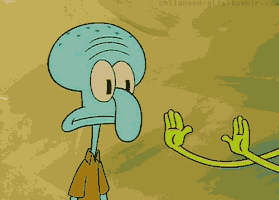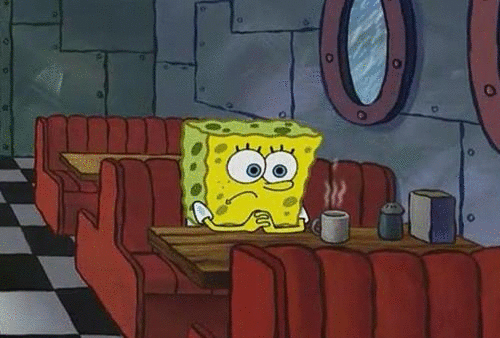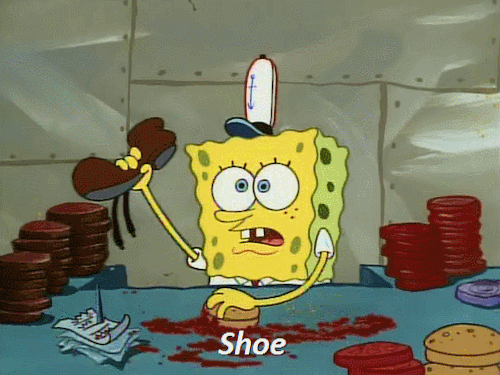
Jamie Volpe
Writing 321
The purpose of the multimodal video we worked on is to raise awareness to stories like Carolina Correa’s. This class and this refugee project both have taught me so much this semester. I've discovered things about myself along the way, like how I need to have things down and allow things to really resonate with me before I really understand it.
I feel like this class has helped me realize that maybe hearing seeing, and reading things would best be used at the same time to really get a point across. I think breaking things down and having different modes work off of each other works really effectively, and our book for the class is a good example of that. Out on the Wire: the storytelling secrets of the new masters of radio, by Jessica Abel, demonstrates how a story must be broken down to understand it, and in order to have people get something from it, you need to have a purpose. A purpose will bring the answer to the "So what?" takeaway of a piece.
For this final reflection of our work in the class, I thought in order to explain how I really experienced it and understood it. I thought I should show how I think of things or use things to understand them better. So that is where the multimodal part of this piece comes in. I've broken my reflection down like
an essay, boring I know. But they way I think of essays is kind of weird so I can read, write and understand them more easily. I imagine each
paragraph to be its own mini story . However, each of the mini stories has a job to help the reader understand the big story that you find out in the end. I chose each section to use visuals that I think represent my own interpretation of things. Like I said, I need to have things broken down and
made into my own terms for me to fully understand it. Hopefully, this piece allows people to see the same connections I see in multimodal work. I do enjoy keeping things simple, I almost like to understand things to a point that I could explain it to a child if I had to. So that brings me to my inspiration for the visuals I have included, I wanted to use things that a kid would be able to understand what is going on just by looking at it. I hope my childish mind
is not taken the wrong way but rather seen as a way to break things down to make them easier to understand.
The community refugee project we have conducted in our class has helped me implement things I have learned here. We had to create a video that showed people things about refugees who have come from all around the world and have been kind and courageous enough to share their experiences
with us. It was important to us that we had Carolina’s voice sh ne through, above anything else. I feel like we were able to achieve this through the different modes that we included in this piece. Some things that we had to keep in mind while composing our final piece is how people outside of this class will perceive and understand this video. Also, we had to consider how people who have gone through similar experiences will perceive this video. And of course, how Carolina herself will feel about the final product, it was important that we keep her in mind while editing and cutting certain parts of her interview. Lastly, we had to keep in mind what her overall message is and what she is really trying to convey in what she chose to share with us.
Composing a video for an audience that has no background or outside knowledge of the matter can be challenging. Especially when you are trying to
keep the video under a certain time limit . Our group wanted to make sure the video would be understood from all viewpoints so anyone could be watching the video at the same time. And at the same time understand what is being talked about and everyone is able to feel the emotions that we feel should arise when watching this video. In order to make that possible for all people view the piece, we had to accommodate for that by adding additional background information about Colombia and why Carolina and her family were forced to seek refuge. In multimodal writing, we have learned that it is
always good practice to include subtitles when there are people speaking on screen . This accommodates for people who are hard of hearing, but it also helps emphasise certain things that the speaker is saying that an audience might not pick up on from listening alone. From this project, I have realized the importance of subtitles for multiple reasons. Subtitles have helped make Carolina’s story come to life by reinforcing everything that she is saying. Even if you are not hard of hearing, if there are subtitles on the screen, people are most likely going to read them while listening to the speaker for at least some points of the video. This aspect has helped me see the importance of multimodal because combining modes can bring more meaning to a story than just having one mode telling a story alone.
The process of composing the final piece was a long one, but the end product was definitely worth it because it came out pretty great. To start, our group was assigned a community member that is a part of the Quest for Refuge project. Our group was paired with Carolina Correa, she is a refugee from Colombia when the country was in turmoil and was experiencing a lot of violence. Before the interview, these were the only things I really knew about that
time in Colombia. After the first interview , I received a rude awakening from everything that Carolina shared with us. My eyes were opened
to how people in her country and other countries around the world had to live. The thing that resonated with me the most was how Carolina was talking about fear and how it completely consumes someone to be the only thing they feel. At that moment, I was really trying to picture myself actually living in fear 24/7, because that is how Carolina and so many other refugees had lived for part of their lives. The second interview became part of the process because of our group’s technical difficulties, which has made me more aware of these complications and will now force me to triple check everything so I won’t run into a problem like we had. However, I am glad that we got to meet with Carolina again and hear her tell her story for another time. This time I feel like she was more comfortable sharing things with us and it seemed like she had more of a purpose telling us this time. I think that interviewing a second time or having met her before conducting the interview was extremely beneficial for the outcome of our project.
There were a few things that stuck out to me during both interviews. The first thing I realized is I had been so oblivious to how much someone’s story makes them who they are. When Carolina was talking about how hard her and her family worked to get here, and then how hard she had to work when she first came here, it is no wonder she is the driven and giving person she is. Carolina is a successful young woman who works multiple jobs and does so much philanthropy work. By the time we were editing and going through our film from the interview, the overarching purpose of Carolina’s story was clear
to me . She wants people to know not only about her story growing up, but how she came from that and she grew from it. Carolina stresses that you can’t let situations ruin a country and ruin the people in a culture. She explains that if someone can make it out of that, they can do anything. The struggles coming to a new country can’t stop someone from being successful, if they’ve made it this far they cannot turn back now just because there are
too many barriers to get over.
Through this process, I learned that everything can be made into a story. But there are many different ways that people can react to that story based on how you present it. For future reference, I will remember what message the story, along with myself, is trying to convey . It is important to keep
the message in mind throughout the whole process, to ensure that it doesn’t get lost. I think of this like when you leave a room to go get something in another room. Then once you’re in the room you went to look for something in, you can’t seem to remember what you went in there for.
This reminds me of the writing process in a lot of ways. You may start with a message or idea that you want to convey throughout the whole story, but during the process if you’re not careful, you start to lose that message. And by the end you don’t really have that message anymore and your audience probably doesn’t know what they are looking for.
I think this project and writing course as a whole has helped me become a better consumer and producer of multimodal discourse because of how attentive it has made me to the purpose of a story. Viewing multimodal pieces now has changed from how I used to view them because I used to go through them without understanding the message or purpose for the multiple modes included. After taking this course, I am now able to see that including more than one mode in a piece creates a much more dynamic piece. Multimodal adds deeper meanings to the message than a textual story would be able to convey on its own. I appreciate the effort people put into multimodal writing pieces, and feel it brings works to life, rather than being words on a page.
Multimodal Rundown-
As Told By Me











